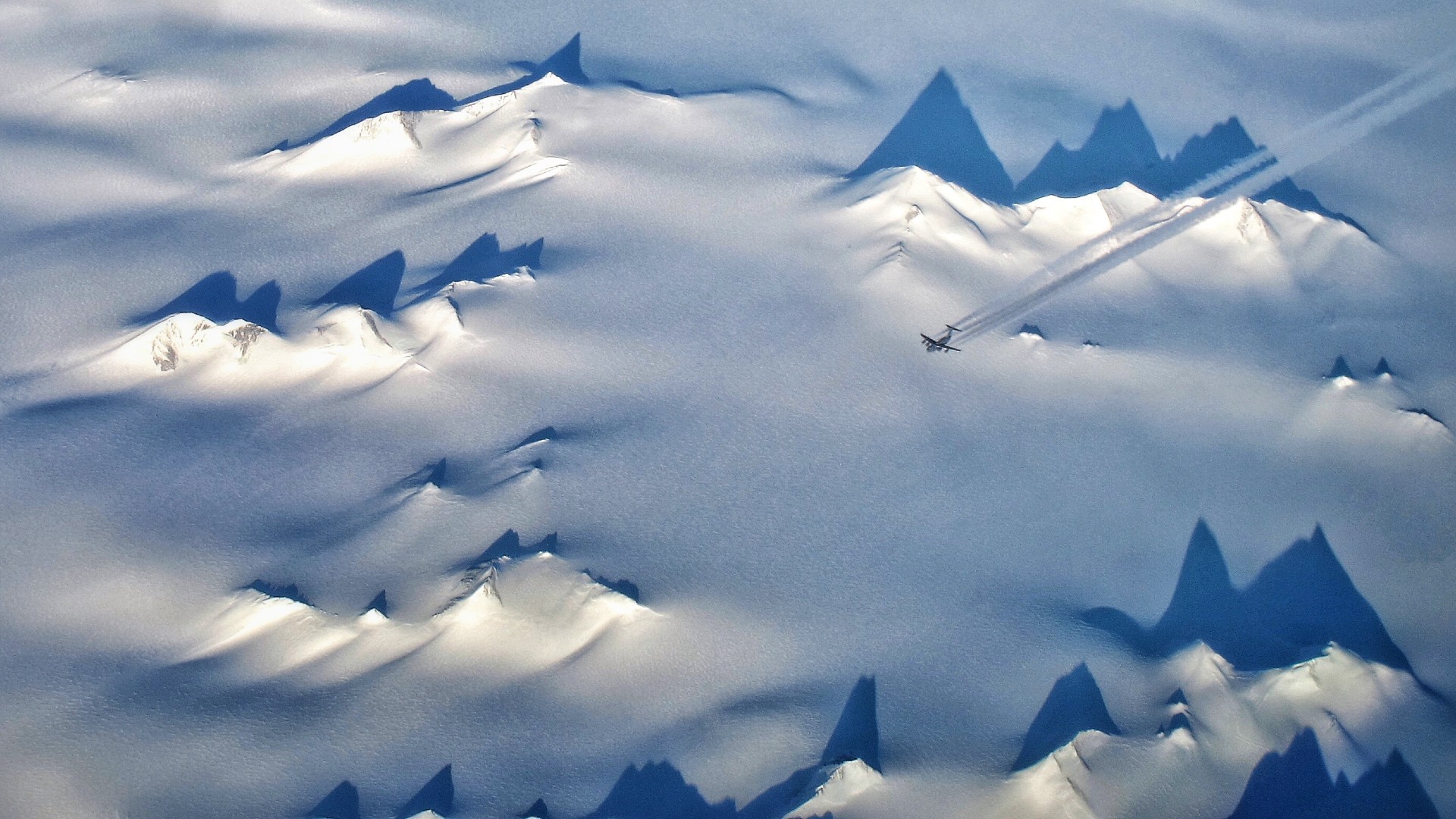
What's the largest desert in the world?
The largest hot desert and cold desert in the world are anything but boring and barren.

From vast expanses of scorching sands to immense ice sheets, deserts can take different forms. But which hot and cold deserts are the most immense on the planet? And which types of life can survive in these extremely dry places?
To answer this record-setting question, it's important to consider what exactly makes a desert a desert. According to Jonathan Wille, an Antarctic meteorologist and climatologist at the University of Grenoble in France, any region that sees less than 9.8 inches (25 centimeters) of precipitation per year qualifies as a desert.
When all such regions are considered, Antarctica qualifies as Earth's largest cold desert, and the Sahara is the largest hot desert.
"At 14.2 million square kilometers [5.5 million square miles], Antarctica is the largest desert in the world," Wille told Live Science. "Some regions of Antarctica, like the McMurdo Dry Valleys, are believed to have not received any precipitation in 14 million years." This epic lack of precipitation is due in large part to cold temperatures, nearby mountains that block clouds, and strong winds that suck moisture from the air.
Even for a desert, this region is exceptionally parched. According to scientists who are part of the National Science Foundation's LTER (Long-Term Ecological Research) project in Antarctica, the McMurdo Dry Valleys have no snow or ice except for the few lakes that are permanently iced over. But it isn't completely barren. There are microbes, mosses and lichens that can tolerate the dry deep freeze.
Related: Why do deserts get so cold at night?
Wille, who led a 2021 study in the journal JGR Atmospheres looking into Antarctic precipitation, thinks this frozen desert is often overlooked. Although far inland areas of Antarctica are mostly devoid of life, he said that more organisms, such as petrels and penguins, set up shop where they can snap up fish and other sea creatures from the frigid waters, and seals sometimes come ashore.
Sign up for the Live Science daily newsletter now
Get the world’s most fascinating discoveries delivered straight to your inbox.

Predictably, the Sahara desert, which stretches across northern Africa, is the stark opposite of Antarctica. It measures 3.55 million square miles (9.2 million square km). But although some may see it as a wasteland, it's surprisingly diverse. This desert reveals a variety of both geographical features and life-forms, according to André Vicente Liz, a doctoral candidate at the University of Porto in Portugal.
"The Sahara presents obvious geographic characteristics that largely contradict the established perception, primarily a highly diverse [landscape] and different… types [of materials beneath the surface] but also considerable spatial variability in climate," Liz told Live Science.
The diverse landscapes of the Sahara include not just its famous sand dunes but also rock terrain, salt flats, mountains and savannas that may even have water. There have been drastic shifts in the desert's climate in the past, which has led to vast biodiversity in different regions of the desert. Liz led a 2022 study in the Journal of Biogeography exploring Saharan animal species that had previously not been given much attention.
In hot deserts, cold-blooded creatures thrive because their body temperatures adjust to the temperature of their surroundings as they move from scorching sunlight into cool burrows. Liz has observed many small lizard species that have adapted especially well to the arid environment. Some reptiles and amphibians can also hibernate during times of drought. Besides lizards, snakes, scorpions, beetles and ants, and even a few frogs and toads that live in rock pools, the Sahara is also home to mammals and birds. Antelope, camels, cheetahs, ostriches and desert foxes are just some of the warm-blooded animals that can survive in the Sahara.
There are some areas, such as rock pools known as "gueltas," where biodiversity is especially high because they act as refuges for species that had to flee their habitats due to a sudden, intolerable change in weather. In the face of climate change, Liz and his colleagues are studying these regions closely to find out what makes them good spots for survival.
"These areas are known as biodiversity 'refugia' and are especially interesting for conservation planning in the current context of climate emergency, where they can play a key role as climatic buffers," he said.
So deserts can be deceptive places that only look lifeless until something crawls or slithers out. They may be dry, but that means anything but monotonous.

Elizabeth Rayne is a contributing writer for Live Science. Her work has appeared in SYFY WIRE, Forbidden Futures, Grunge and Den of Geek. She holds a bachelor of arts in English literature from Fairfield University in Connecticut and a master's degree in English writing from Fordham University, and most enjoys writing about space, along with biology, chemistry, physics, archaeology and paleontology.









